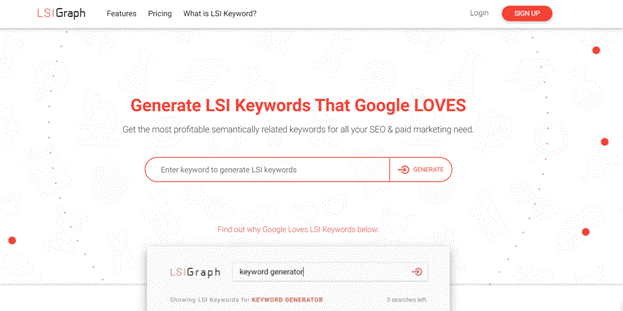It’s easy to assume that search engine optimization (SEO) is a keyword-driven marketing tool. Yet, you can’t ignore your target market–actual human beings–if you really want to develop target market successful SEO efforts.
This post will break down eight easy ways to align your SEO strategies with your target market.
1. Identify Your Target Market
When you exactly know who your target market is, you can increase the relevance of your targeted keywords, content, and overall marketing strategies.
There are some vital elements when defining potential customers’ profiles.
- Helps localize content and traffic by using local keywords and featuring local directories for backlinks.
- Age and gender. When you have a business targeting a specific gender or age, knowing these aspects will help set the design, content, and tone that appeal to them. For example, a car dealership targets people around 18 years old or older when they can afford the product and get a driver’s license.
- Allows you to generate ideas around their interests and your brand. For instance, a real estate business can produce content about home decor or financial tips on owning a property.
2. Improve Your Domain Name
A complicated website domain name like abc-567-clothes.com can rank just as well as clothes. store for selected keywords. Yet, the target market generally favours the latter because it looks more credible.
Impress people by creating a domain name that is short, brandable, and relevant to your brand. Avoid using hyphens because they will take longer to say and eliminate numbers since they may create confusion–whether it’s 7.com or seven.com.
3. Optimize Website Speed
Based on the recent Google SEO update, the search engine now counts site speed as one of its ranking factors.
Optimize your website speed by:
- Using the right hosting option. The cheapest hosting option, shared hosting, is usually enough when starting a website. Yet, consider scaling up to VPS or even dedicated hosting when you see higher traffic.
- Reducing the image size. High-quality images are often large files, which can slow down your website load times. Use an image compression tool to minimize the size without degrading the image quality.
- Applying external platforms. Don’t directly upload big media like videos or eBooks as they take up huge space. Embed videos using third-party services like YouTube or Vimeo or provide links to Google Drive for other types of files.
4. Use Relevant Keywords
When researching targeted keywords, put yourself in the shoes of your target audience.
For example, if you’re a beginner fictional writer, don’t upload a sneak peek at your novel because people are less likely to search for it.
Instead, use keywords that are interesting and relevant for people loving fiction books, such as book recommendations or reviews, then apply soft-selling methods about your novel on the posts.
5. Create Content for the Audience
Prioritize to give your visitors a satisfying answer to their questions when creating content, and the search engine algorithm will follow.
Google now has set standards for human-friendly content based on many factors, including query meaning and content quality. Thus, don’t bother stuffing keywords or pushing irrelevant long word counts.
Use SEO techniques as a guideline in your content creation process. For example, list related or latent semantic indexing (LSI) keywords around the main one during content piece brainstorming sessions. Integrate an LSI generator like LSIGraph to help you generate content ideas.
6. Focus on User Experience
As mentioned, Google has considered real human behaviour when it comes to search rankings. If your site gives frustration to visitors, chances are Google will feel the same.
To improve the user experience (UX), avoid making these mistakes.
- Dead links and error pages
- Messy site structure and navigation
- Not optimizing your website for mobile devices
Another UX element that impacts SEO is content structure. Design an SEO-friendly content layout by making the content easy to consume. You can integrate a table of contents, headers, or links leading visitors to learn more about related topics.
Don’t forget to capture attention on the search page by ensuring your title tag and meta description are attractive and relevant.
7. Leverage Internal Links
Internal links connect pages or posts on your website. With the right internal linking strategy, you build a well-structured site and help search engines understand the relationship between pages.
If you have hierarchical pages, link the parent pages to the child pages and vice versa and connect the sibling pages to each other.
You can also add contextual links to show the posts are topically related. For instance, when you write about digital marketing trends, add links to digital marketing tips and types.
8. Apply Social Media SEO
Search engines also crawl social media posts. For example, when you search Oprah Winfrey, you will find her social media profiles in the top results. Social factors also contribute to building brand authority and community, which eventually leads to more traffic.
Integrate social sharing on posts to encourage visitors to share your content on their social media. The viral posts will attract more backlinks and improve SEO ranking.
Also, optimize images by writing relevant keywords on the alt text. Here is how you can input alt text for various social platforms.
Conclusion
There’s no denying that keywords highly influence a successful SEO strategy, but you’ll struggle to see the results if you have no idea about your potential customers. Use this article as a guideline to connect SEO tactics with your target market.

